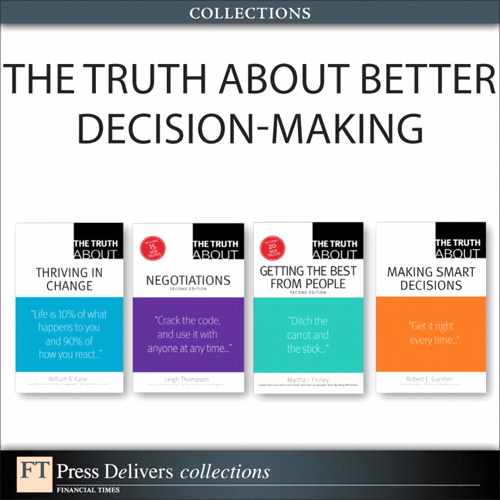Truth 25. Candidate screening: Let the facts speak for themselves
In a scene from the movie Miracle on Ice, Herb Brooks, future gold-medal winning coach of the U.S. Olympic hockey team oversees the squad's tryouts when he tells his bosses—much to their political displeasure—he wants a team with the 25 best players; not the best 25 players.
Mr. Brooks's points of emphasis are worth considering, as there is a dramatic distinction in his words beyond semantics.
At some point, you will need to attract and select talent—the right talent—from outside your organization. This may sound like a daunting task—often involving job fairs, recruiting advertisements, multiple job specification reviews, and interviews—however, it need not be.
There is a little-known way to help you expedite the process. Let the candidates "self-select" by offering candid insight that allows them to realistically determine whether they want to work for you.
Let the candidates "self-select" by offering candid insight that allows them to realistically determine whether they want to work for you.
In this regard, there are six key areas of organizational fit to discuss and probe:
- Give a thorough overview of your company's culture, explaining its salient attributes and their day-to-day influence— Not every workplace is right for everyone. Wall Street institutions, Pepsi, General Electric, hospitals, small law firms, and the post office each have unique expectations regarding personal performance and commitment—as does your organization.
Related to this, ask why the candidate is looking for a job (as well as the reasons for past job changes), trying to determine if he's running from his current organization as opposed to expressing a passionate view as to why he belongs in your organization. - Discuss your company's values, how they're embraced and manifested, and whether they're in alignment with those of the candidate— In this regard, there are several often-enlightening questions that provide such insight. These include, "How would you define personal fulfillment?" "Tell me about a time at work where you had to bend the rules?" or "Have you ever compromised quality for speed?" Also, watch the detail of how a person interacts with others if you're meeting him outside the office.
Individuals sharing your organization's values will most likely be your believers, cheerleaders, and articulate advocates. You should not invest in anyone if his personal values are not in alignment with those of your organization. - Determine if the candidate has relevant and applicable experience— This is where you describe the position's near-term challenges, while determining if the candidate is at the appropriate level of professional growth (that is, early or more mature in his learning, an established practitioner, a functional expert, or an opinion leader) to make the desired impact.
- Inquire about the candidate's job competencies using a technique called behavioral-based interviewing— This methodology provides insight into "what" an individual accomplished, as well as "how" (that is, with influence, knowledge, charisma, technical proficiency, leadership, and so on). It's predicated upon past behaviors and attitudes being repeated when confronted with a similar set of problems.
Behavioral-based interviewing is particularly effective if there are multiple interviewers and there is advanced planning and coordination around who will ask what. You can find examples of behavioral-based interview questions in Appendix F, "Behavioral Interviewing Examples," on the book's web site. - Look for team players— In your quest for "better, faster, and cheaper," you will place a premium upon individuals with proven employment records comparable to your current challenge to aggressively jump-start your organizational initiatives. Sometimes, the most talented individuals are the least likely to embrace a team approach.
- Don't be afraid to hire people who are better than you— David Ogilvy, the advertising genius known for building brands such as Rolls Royce and Hathaway, noted the secrets of success as, "First make a reputation for being a creative genius. Second, surround yourself with partners who are better than you are. Third, leave them to get on with it."
His second point is worth reflection here. You want people on your team with the highest level of mental ability. Assess the candidate's expertise, and make it clear that you not only expect to learn from him, but you also expect him to share.
Probing these key areas can help candidates determine their respective levels of comfort and interest about your organization—that is, self-selecting—while minimizing your probability of making a less than desirable hire.
